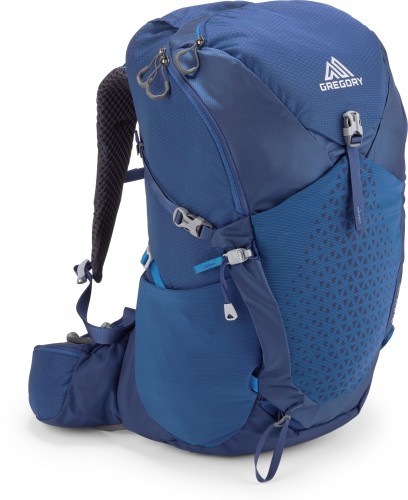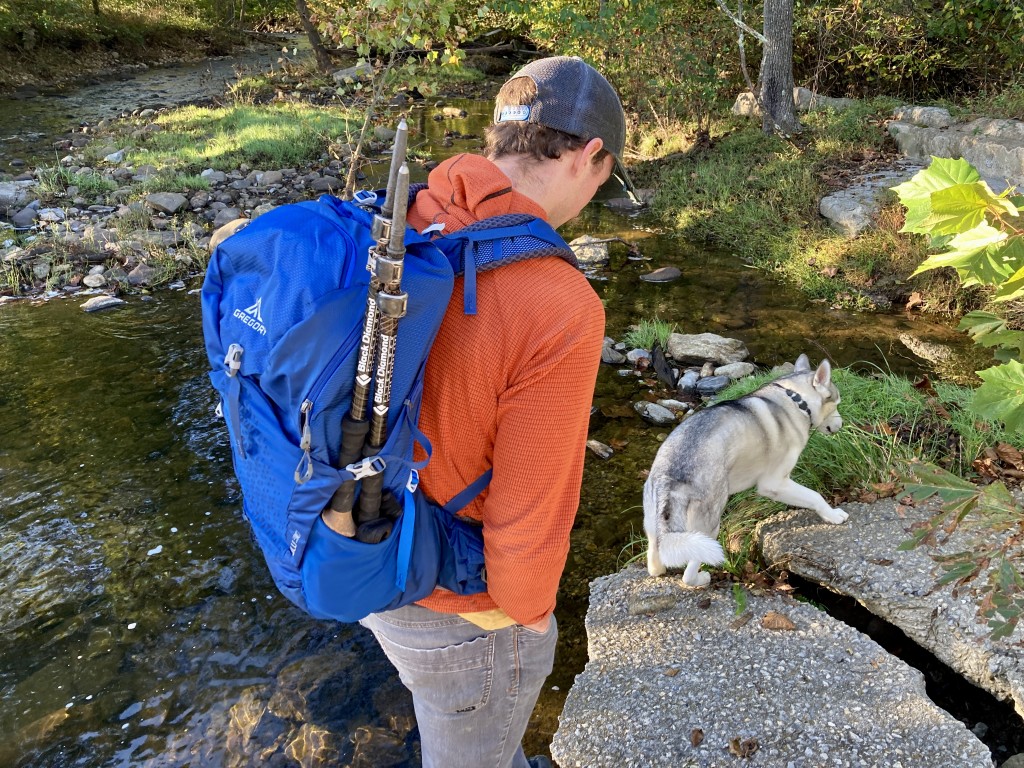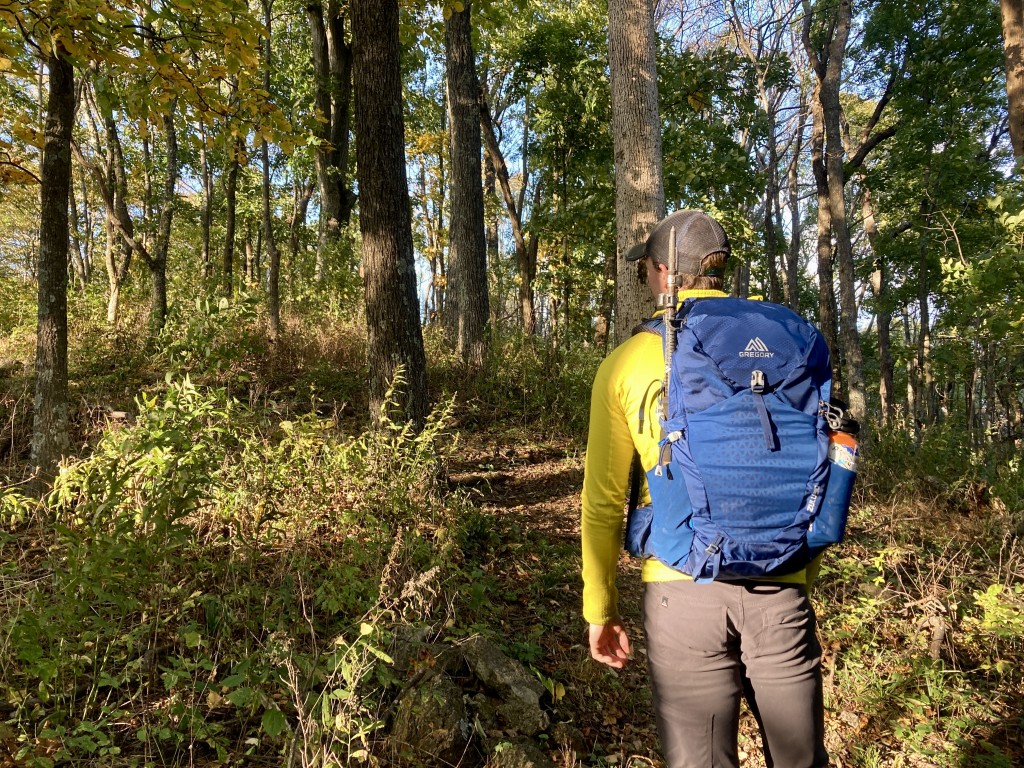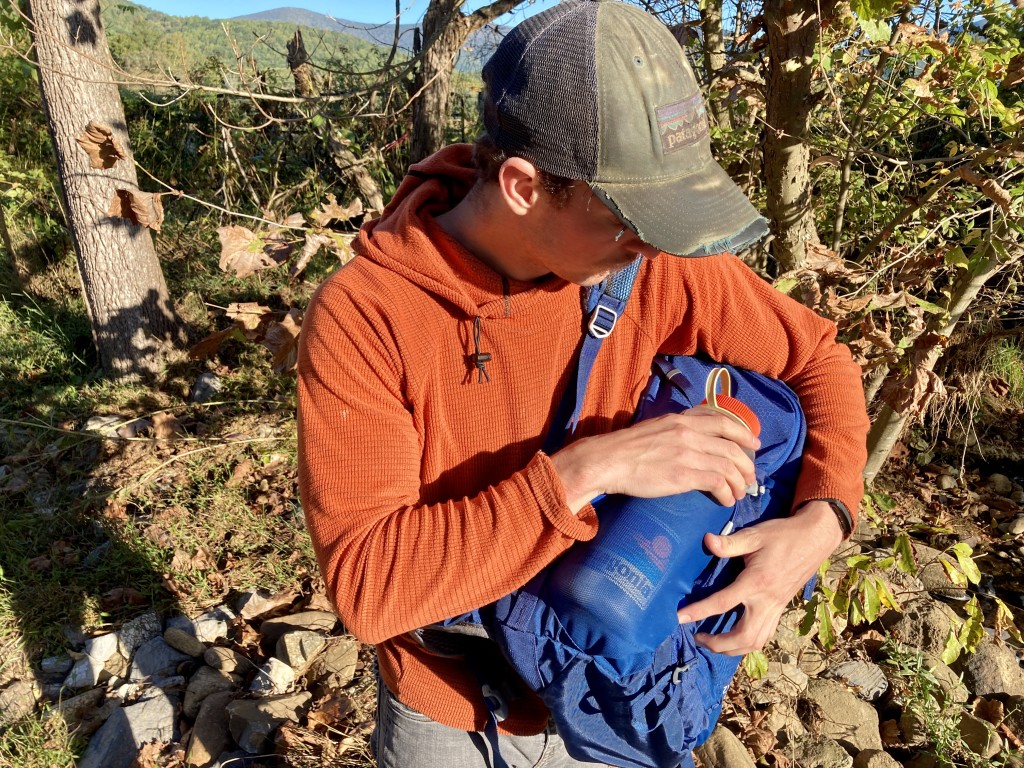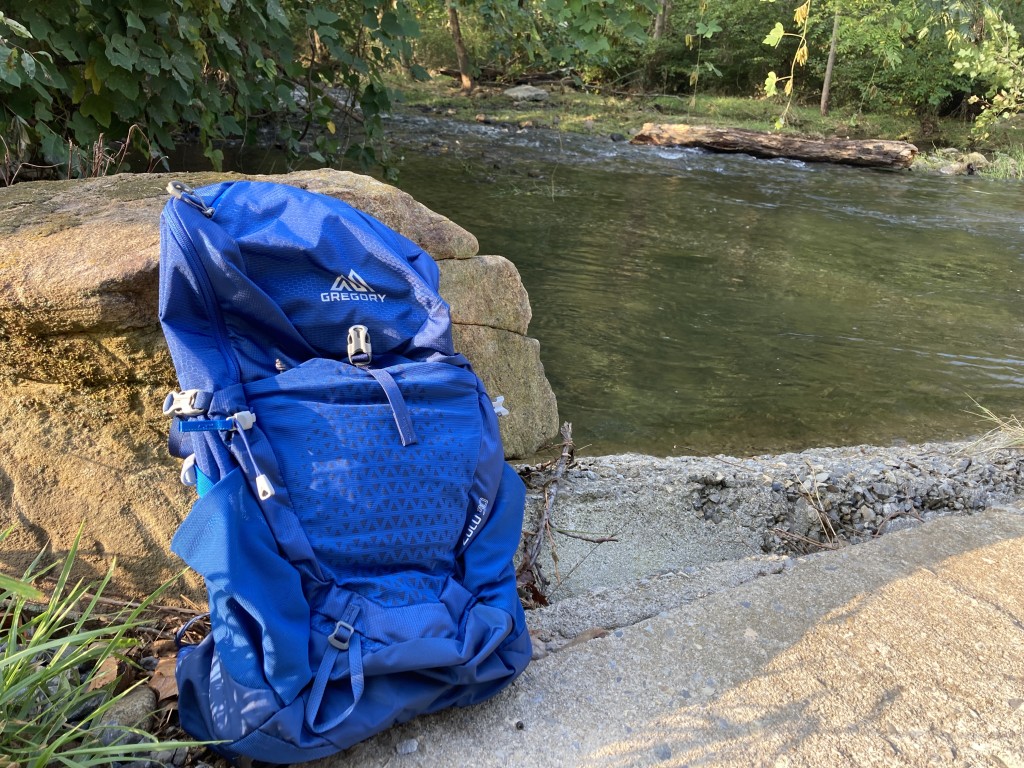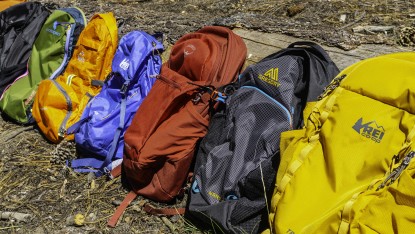Gregory Zulu 30 Review
Our Verdict
Our Analysis and Test Results
With the Zulu 30, Gregory has developed a solid contender in the technical daypack class. Offering a mid-level weight-to-volume ratio, this pack has excellent ventilation and a comfortable suspension system.
Performance Comparison
Comfort
Most daypacks are capable of carrying only a little weight, generally under 20 pounds, so the biggest feature that impacts comfort comes not from the ability to carry a heavy load, but from the breathability of the back panel. The Gregory Zulu has full suspension capable of carrying heavier loads, and its weight limits will likely not be pushed on typical day hikes. The trampoline-style mesh suspension lends to improved ventilation and cooling beyond a standard foam and mesh-constructed back panel. Tested in the humid Virginia mountains, this pack's breathability was well worth the weight trade-off.
Weight
The downside to Zulu 30's breathable and comfortable suspension and larger carrying capacity is its heavier weight. At over two and a half pounds (42 ounces), this pack is one of the heaviest models in our daypack category. On simple and light day hikes, this becomes a considerable portion of the weight. Those who value the comfort, carrying capacity, and technical features of the Zulu 30 will likely be ok with the additional weight. Hikers looking for a more simple daypack should look into other options.
Versatility
The versatility of the Zulu is limited by its own suspension system. The best use of this pack is geared towards day hiking with heavier loads, which makes it less versatile for other disciplines. The rigid suspension provides a limitation on a bike where your back is curved or climbing where flexibility is valued. In these cases, the benefits of a softer, more conforming back panel outweigh the benefits of a rigid, supportive frame. The rain cover provided for the pack adds some versatility for adverse conditions.
Ease of Use
The Gregory Zulu is not a simple pack with its compression straps, seven pockets, and main compartment. This large number of pockets lends itself well to organization and access while the pack is on. The hip belt pockets are a particularly useful feature not typically found on small day packs.
Durability
The Zulu 30 has the solid materials and construction that we are used to seeing from Gregory. The biggest potential durability concern comes with the open weave mesh suspension system. While we didn't have any problems during our testing, the mesh system has a higher risk of snagging or tearing than other packs with a foam back panel. The exterior material held up well to bushwhacking through foliage and scrambling over rocky terrain. When combined with the rain cover, the pack stays surprisingly dry too.
Value
We the Zulu is worth its price if you're looking for a more heavy-duty pack capable of hauling larger loads. It is priced competitively for its feature sets and suspension. Those living and hiking in particularly wet and humid areas will enjoy this pack most with its excellent breathability and an included rain cover.
Conclusion
The Gregory Zulu 30 pack is a great option for day hikers carrying larger loads, and could even work for overnight backpacking trips for those who pack lightly. Given its technical nature and heavy-duty design, it does its job exceptionally well.


